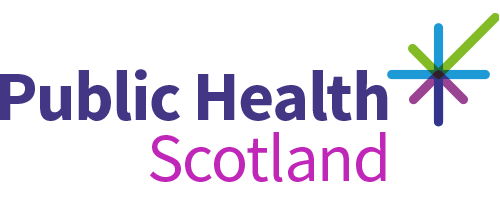Group A Streptococcus (GAS) quarterly surveillance report
July to September 2025
Official statistics in development
- Published
- 25 November 2025 (Latest release)
- Type
- Statistical report
- Author
- Public Health Scotland
